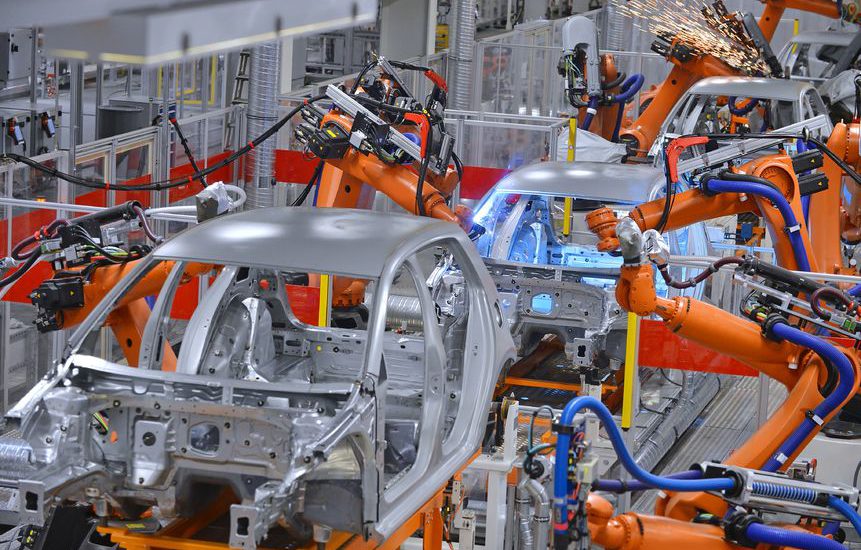Source: EDACafé

The 2015 DVCon/Europe was held in Munich at the Holliday Inns City Center Hotel November 11-12. November in Munich brought back long ago memories of a snow covered city with freezing temperatures when I lived there in the 80s. Not this November. Warm, sunny days crowned the conference and invited attendees to take a 20-minute stroll across the Isar River to Marienplatz, the heart of the city.
2015 was the second year of the conference. For the enjoyment of Accellera, the sponsor of the event, it recorded an increase in attendees (from 220 to 270) and in exhibitors (25). The success was achieved despite a Lufthansa’s attendant strike that prevented about 50 people from attending and the simultaneous running of the popular Productronica Conference in Munich and ARM TechCon in U.S.
As important, the quantity and more so the quality of the 15 Tutorials, 27 Technical Papers and eight Posters increased significantly, as reported by Matthias Bauer from Infineon Technologies and Program Chair of the Event in his opening remarks.
The Conference hosted a panel titled “The Functional Verification Roadmap: Where Will We Be in Five Years?” and moderated by Paul Dempsey, chief editor of Tech Design Forum. I had the honor and pleasure of being a panelist talking about hardware emulation. Hardware emulation is a three-decade-old verification technology that today is enjoying its primetime thanks to escalating design complexity both in hardware and in embedded software.
Other panelists included Dr. Raik Brinkmann, OneSpin Solutions’ founder and CEO, representing formal analysis; Mike Bartley, founder and CEO of TVS, a pioneer in design verification techniques and methodologies; and Holgar Busch, Senior Staff Engineer, Automotive Group, Infinenon Technologies, who represented the automotive industry. Due to Lufthansa’s strike, Karthik Baddam, Hardware Design Engineer at Imagination Technologies, could not attend the panel.
Each panelist gave a short, topical presentation using a few slides to a crowd of close to 100 attendees. A Q&A session followed. The day after the event, I heard a few attendees describing the panel as informative and entertaining, something that makes panelists happy. It also was the best attended tutorial/panel.
Automotive was the topic of the keynote presentation, titled “On the Road to Self-driving Cars,” and delivered by Hr. Hans Adlkofer, Vice President Automotive System Group, Infineon Technologies AG. I was impressed! I learned that the automotive sector of the electronics industry has it all figured out in a 5-Level plan. It starts at Level 0 with no automation and goes to Level 5. That’s where all car functions will be automated, freeing the driver from any responsibility while assuring a safe ride to the destination in non-congested traffic (when all other cars will be at Level 5 as well).
At Level 5, the driver (actually, there will be no driver any longer) will sip his latte, read the daily news on his laptop/iPad, and chat on the phone with family/friends/business associates.
Today, we are at Level 1, with automation limited to a few independent functions such as cruise control, park assistance, and the like. In Levels 2 and 3, automation will be extended to most of the car’s functions in a coordinated fashion controlled by a central unit. Levels 4 and 5 will gradually take away all responsibilities from the driver. In the process, safety will be the main concern.
Is it a dream? Hr. Adlkofer definitely believes in it, and told us that the European Semiconductor Industry is cooperating to make it a reality in the few years ahead of us. Obviously, this massive project is going to be a bonanza for the Semiconductor Industry in general and for EDA in particular.
In mentioning that cultural differences are influencing the project, Hr. Adlkofer shared a personal anecdote. He compared the baby boomer generation to the millennia. He pointed out that when he was a teenager, his generation focused on horsepower, the number of cylinders and exhaust pipes, and the presence or not of a spoiler. By contrast, his teenage daughter on a drive in his brand new premium car after few minutes concluded that the car was a piece of crap (he actually used the more popular four-letter word) because her smartphone did not connect to the internet right away.
Beside automotive, UVM and functional security verification also took center stage at the conference.
UVM was topic of five tutorials, five posters, and four technical sessions. I attended a few sessions. In particular, I enjoyed the session titled, “UVM Light: A Subset of UVM for Rapid Adoption,” presented by Gordon Allan from Mentor Graphics. He explained that only 3% of the entire UVM library is required to create a complete testbench. The remaining 97% includes optional constructs that, while powerful, they do increase the complexity of the testbench and hinder its reuse and portability.
Closer to my area of expertise, I appreciated the poster titled, “UVM and Emulation: How to get Your Ultimate Testbench Acceleration Speed-up,” presented by Ahmed Yehia and Hans van der Schoot also from Mentor Graphics. If anyone believes that UVM and emulation are like water and oil should read the article supporting the poster. I’m not alone in my high praise –– it won the best poster award.
In conclusion, 2015 DVCon/Europe was a success. Are there any recommendations to improve on it? A few attendees complained about the very limited presence of analog/mix signal (AMS), mentioned in one tutorial and one technical session. This was indeed surprising considering that Europe is still leading the industry in AMS.